Table of Contents
● Introduction
● Key types of pans and their uses
● Overview of the market for 2025: Trends and growth
● Essential factors when choosing pans
● Leading pan models for 2025: Features and recommendations
● Conclusion
Introduction
Selecting the right pan is crucial for achieving optimal cooking results, whether in a home kitchen or a professional setting. The right choice can enhance cooking efficiency, preserve the quality of ingredients, and ensure even heat distribution, which leads to perfectly cooked meals every time. In 2025, advancements in materials and technology offer an array of options, making it more important than ever to understand what different types of pans can bring to the table. By choosing the right pan, users benefit from enhanced durability, ease of cleaning, and a better overall cooking experience, which ultimately supports healthier and more enjoyable meal preparation.
Key types of pans and their uses
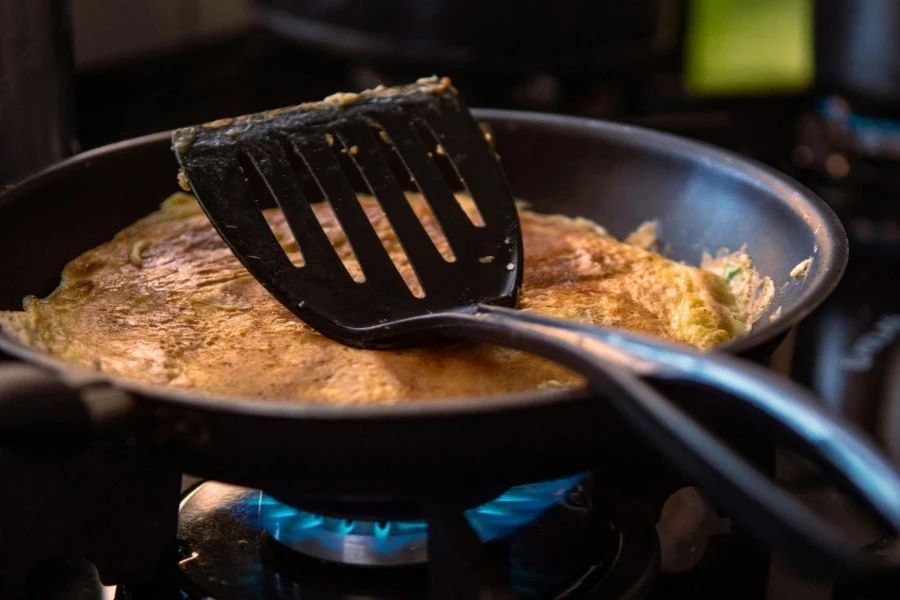
Frying Pans: Versatility and Everyday Cooking
Frying pans, or skillets, are essential kitchen tools due to their versatility, featuring low sides and a flat bottom perfect for tasks like searing meats or frying eggs. Their broad surface ensures even heat distribution, making them ideal for high-heat cooking. Non-stick versions promote healthier cooking with less oil, while materials like aluminum and stainless steel offer benefits like heat conduction and durability. Hybrid pans, combining stainless steel with non-stick coatings, provide both ease of use and durability for various cooking tasks.
Sauté Pans: High-Sided Multitaskers for Complex Dishes
Sauté pans, with their straight, high sides, are ideal for cooking techniques that require both browning and simmering. Their design prevents spillage, making them perfect for dishes like stews, braises, and risottos that need liquid additions. The high sides retain moisture, allowing for slow, even cooking, while their ability to transition from stovetop to oven adds versatility. Many sauté pans also come with lids for steaming and reducing splatter.
Sauce Pans: Essentials for Liquids and Sauces
Sauce pans, with their tall sides and narrow diameter, are designed for cooking liquids, simmering sauces, boiling water, and preparing grains. Their deep sides and small openings help control evaporation and heat retention. Modern sauce pans often feature multi-ply construction for even heat distribution, and some come with non-stick coatings for easier cleaning and better performance with sticky ingredients.
Griddle Pans and Specialty Cookware: Niche Solutions for Specific Needs
Griddle pans, available with flat or ridged surfaces, are perfect for cooking foods like pancakes, grilled sandwiches, and meats, with ridges mimicking the effects of outdoor grilling. Specialty cookware like woks, crepe pans, and paella pans cater to specific cuisines, offering optimal designs for stir-frying, making delicate crepes, or cooking paella. These pans ensure the best results for their respective culinary traditions.
Overview of the market for 2025: Trends and growth
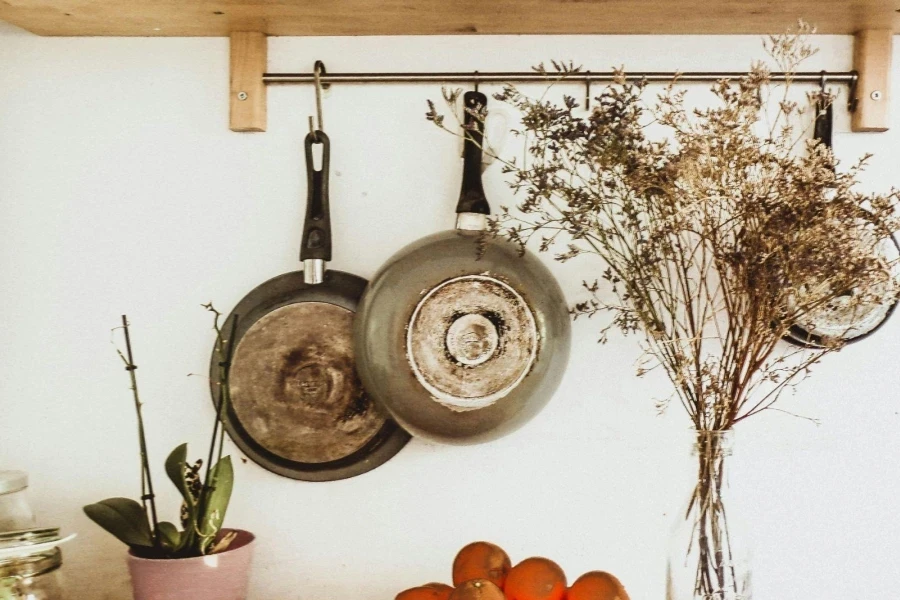
The rise of hybrid pans: Combining materials for better performance
Hybrid pans, which combine different materials to optimize cooking performance, will gain popularity in 2025. These pans often feature a blend of stainless steel and non-stick coatings or incorporate multiple layers of metals such as aluminum and copper. The result is cookware that benefits from the strengths of each material—stainless steel’s durability, aluminum’s heat conductivity, and copper’s precision in temperature control. Hybrid pans are particularly appealing because they offer a versatile cooking experience, suitable for various cooking methods, from searing to simmering. This innovation is part of a broader trend towards multifunctional kitchen tools that provide flexibility without compromising on quality.
Increasing demand for eco-friendly materials
The cookware market is increasingly influenced by the demand for eco-friendly materials. Consumers are more aware of the environmental impact of their purchases, driving manufacturers to focus on sustainable options. Materials such as recycled aluminum and stainless steel are becoming more prevalent in production due to their recyclability and reduced environmental footprint. Additionally, there is a growing interest in ceramic coatings, which are free from harmful chemicals like PFOA and PTFE. These developments are not just a response to consumer demand but also to stricter environmental regulations globally. This trend is expected to continue growing, with eco-friendly pans likely becoming a standard rather than a niche market segment.
Market growth statistics and projections
The global cookware market is projected to grow steadily, with a value expected to reach approximately $15 billion by 2024 and a compound annual growth rate (CAGR) of 5.5% from 2021 to 2025. This growth is fueled by rising disposable incomes, urbanization, and the expanding middle class, especially in emerging markets. Increased consumer focus on healthier cooking methods, such as using non-stick and eco-friendly pans, also drives market expansion. Data from reports by Grand View Research, Mordor Intelligence, and Allied Market Research highlight these trends, emphasizing the role of innovation in non-stick technology, eco-friendly materials, and hybrid pans in shaping the future of the cookware industry.
This market overview highlights the key trends and growth drivers that are shaping the cookware industry in 2025. The focus on eco-friendly materials, advancements in non-stick technology, and the rise of hybrid pans reflect a market that is both responsive to consumer needs and poised for continued growth.
Essential factors when choosing pans
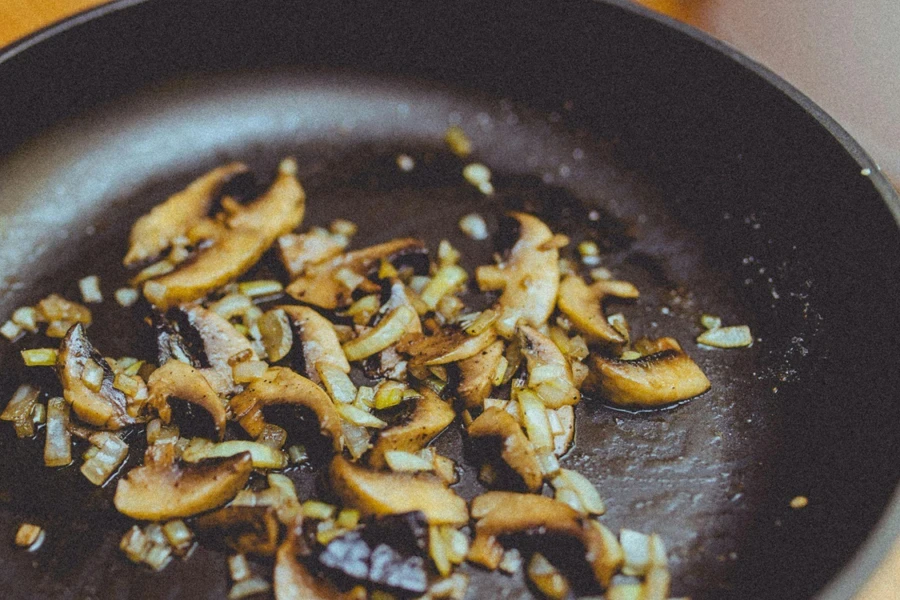
Non-stick coatings: Innovations and durability
Non-stick coatings have advanced with new technologies enhancing their durability and safety. Traditional PTFE coatings are easy to use but have raised concerns over high-temperature fumes, leading to the rise of ceramic coatings, which are PTFE and PFOA-free but less durable. Diamond and titanium-reinforced coatings offer superior scratch resistance and heat conductivity, although all non-stick surfaces require proper care to maintain their longevity.
Heat distribution and retention: Key to consistent cooking
Even heat distribution and strong heat retention are crucial for consistent cooking. Aluminum and copper pans offer excellent heat conductivity, ensuring even cooking, while cast iron and stainless steel retain heat well, making them ideal for slow-cooking and searing. Pans that balance these properties help achieve consistent results, whether for quick or slow cooking tasks.
Compatibility with different heat sources: Induction, gas, and electric
Compatibility with various heat sources is essential for cookware. Induction cooktops require magnetic materials like stainless steel or cast iron, while gas stoves work better with slightly convex-bottomed pans for better flame contact. Electric cooktops need flat-bottomed pans for even heat distribution. Hybrid pans combining multiple materials ensure versatility across all heat sources, making them increasingly popular in modern kitchens.
Leading pan models for 2025: Features and recommendations
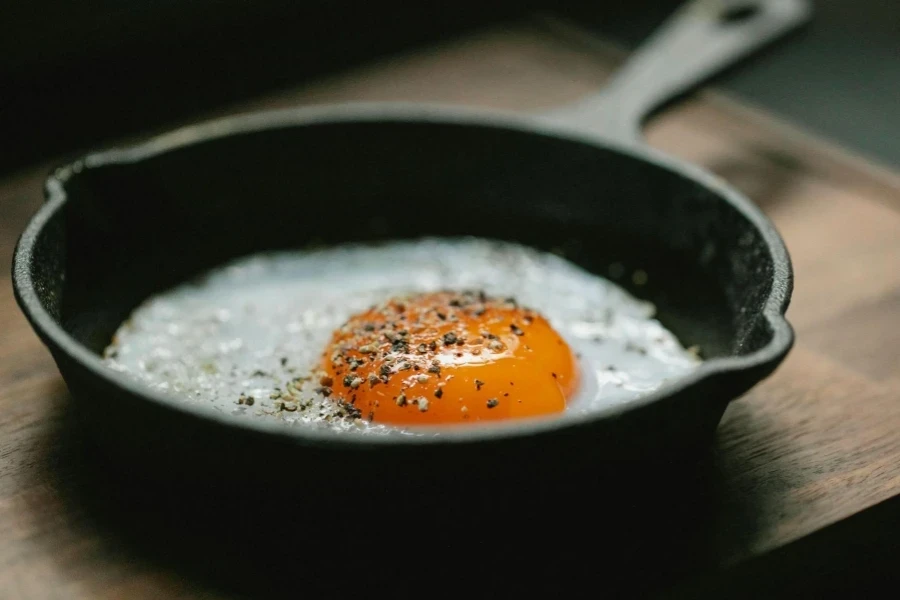
Top-rated Non-stick Frying Pans: Brands and Models to Consider
In 2024, non-stick frying pans stand out for their ease of use and versatility. Top models feature advanced coatings like diamond-infused or titanium-reinforced surfaces, offering excellent non-stick performance, durability, and heat resistance. These pans excel at delicate tasks like frying eggs or cooking fish, with thicker bases for even heat distribution. Models compatible with induction cooktops, often featuring magnetic stainless steel bases, are particularly popular as they work across various heat sources while retaining non-stick benefits.
Best Value-for-Money Pans: Balancing Quality and Cost
For budget-conscious buyers, 2024 offers many pans that balance quality with affordability. Made from materials like hard-anodized aluminum, these pans provide good heat conductivity and durability at lower prices. Though the non-stick coatings may not be as advanced as premium models, they deliver reliable everyday performance. Value-for-money pans often feature reinforced coatings, ergonomic handles, and oven-safe capabilities, offering long-lasting utility without a premium price tag.
High-end Models: Premium Options for the Culinary Enthusiast
High-end pans cater to culinary enthusiasts with superior materials and craftsmanship. Often constructed from multi-layered metals like copper and stainless steel, these premium models provide excellent heat conductivity and precision. They feature durable, eco-friendly non-stick coatings and attention to detail in design, such as balanced handles and well-fitting lids. With warranties that reflect their longevity, these pans are ideal for serious cooks seeking top-tier performance.
Recommendations for Specialized Cooking: Griddles, Sauté Pans, and More
Specialized pans like griddles, sauté pans, and woks are essential for specific cooking techniques. Griddles are perfect for grilling, pancakes, and sandwiches, while sauté pans are ideal for browning and simmering dishes, thanks to their high sides. Woks excel at stir-frying, and crepe and paella pans are designed for their respective dishes. Choosing the right pan for the task ensures better cooking results, making these specialized tools indispensable for certain culinary tasks.
Conclusion
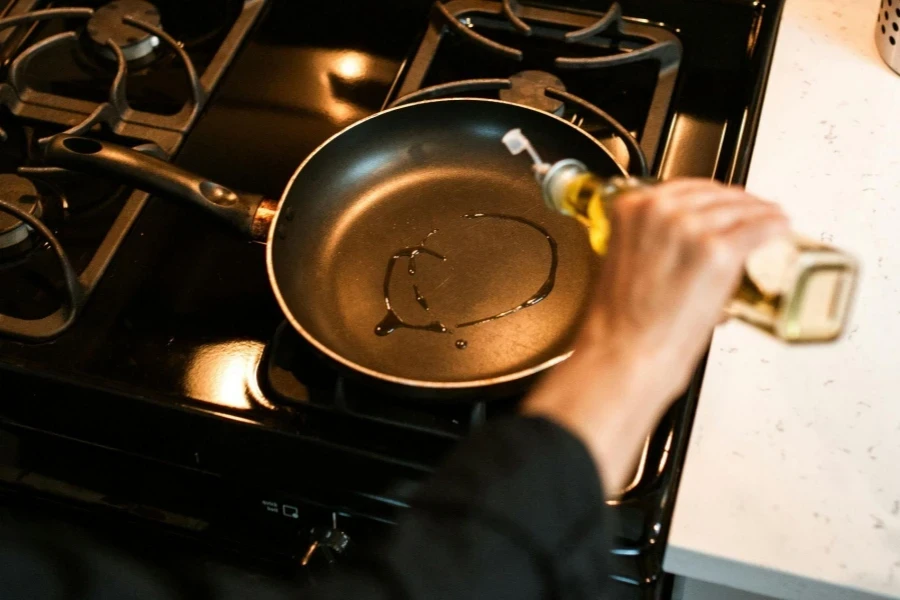
Selecting the right pan in 2025 is crucial for achieving optimal cooking results and meeting the evolving demands of the market. As cookware technology advances, understanding the specific needs of different cooking techniques and staying informed about the latest trends—such as eco-friendly materials and hybrid designs—can greatly influence purchasing decisions. By choosing pans that align with these trends, professionals can ensure they are equipped with tools that offer durability, efficiency, and superior performance, ultimately enhancing the overall cooking experience and catering to a more discerning and environmentally conscious consumer base.



